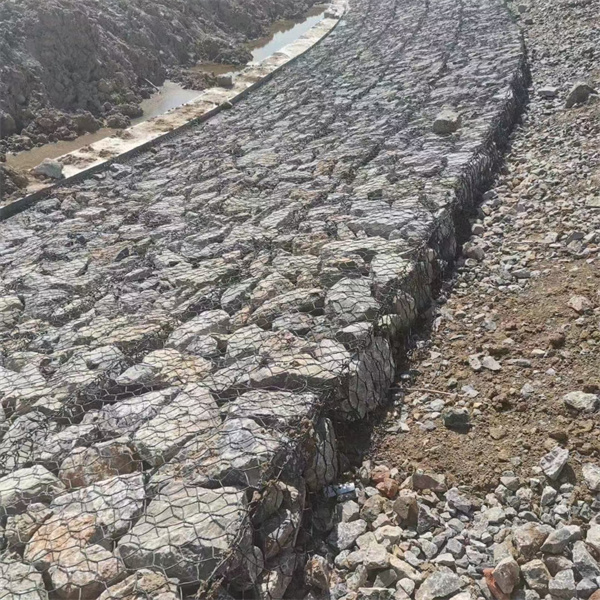ਸਤੰ. . 07, 2024 06:06 Back to list
Gabion Building
Gabion Building A Sustainable Approach to Modern Construction
In recent years, gabion building has emerged as a popular and sustainable architectural trend that combines practicality with aesthetic appeal. Gabions, which are rectangular cages made of wire mesh, are typically filled with stones, gravel, or other materials. Traditionally used for erosion control and landscaping, their versatility has expanded into the realm of architectural design, making them a bold choice for contemporary structures.
One of the most significant advantages of gabion building is its sustainability
. The materials used to fill gabions are often locally sourced, which reduces the carbon footprint associated with transportation. Additionally, the use of natural materials such as stones significantly minimizes the environmental impact compared to conventional building materials like concrete or steel. This makes gabions an attractive option for eco-conscious architects and builders who strive to create sustainable structures.
Another compelling aspect of gabion construction is its durability. Gabions are designed to withstand harsh weather conditions and can endure significant pressure, making them ideal for retaining walls, shelters, and even decorative elements in landscapes. The wire mesh is typically galvanized or coated to prevent rusting, ensuring that the structures maintain their integrity over time.
gabion building

From an aesthetic perspective, gabion buildings offer a unique and rustic charm that can blend seamlessly with natural surroundings. The open framework of the gabions allows for creative design freedoms—builders can incorporate various types and colors of stones, creating visually stunning contrasts. This flexibility encourages the integration of gabion structures into diverse architectural styles, from modern minimalism to traditional rustic designs.
Additionally, gabion walls can provide excellent sound insulation and thermal mass properties, contributing to energy efficiency in buildings. Their ability to absorb and dissipate heat makes them a favorable choice for energy-conscious design, further enhancing the appeal of gabion-based construction.
In conclusion, gabion building stands out as a sustainable, durable, and visually appealing solution in contemporary construction. As architects and builders continue to explore innovative ways to incorporate eco-friendly materials into their designs, gabions offer a promising path toward more responsible and creative building practices. Whether utilized in residential projects, public spaces, or landscaping designs, gabion construction symbolizes a harmonious blend of functionality and natural beauty, paving the way for a greener future in architecture.
-
Why PVC Coated Gabion Mattress Is the Best Solution for Long-Term Erosion Control
NewsMay.23,2025
-
Gabion Wire Mesh: The Reinforced Solution for Modern Construction and Landscape Design
NewsMay.23,2025
-
Gabion Wall: The Flexible, Seismic-Resistant Solution for Modern Landscaping and Construction
NewsMay.23,2025
-
Gabion Wall Solutions: The Durable, Decorative, and Affordable Choice for Every Landscape
NewsMay.23,2025
-
Gabion Basket: The Durable and Flexible Alternative to Traditional Retaining Walls
NewsMay.23,2025
-
Gabion Basket: The Proven Solution for Slope Stability and Flood Control
NewsMay.23,2025
-
Versatility of Chain Link Fence Gabion
NewsMay.13,2025






